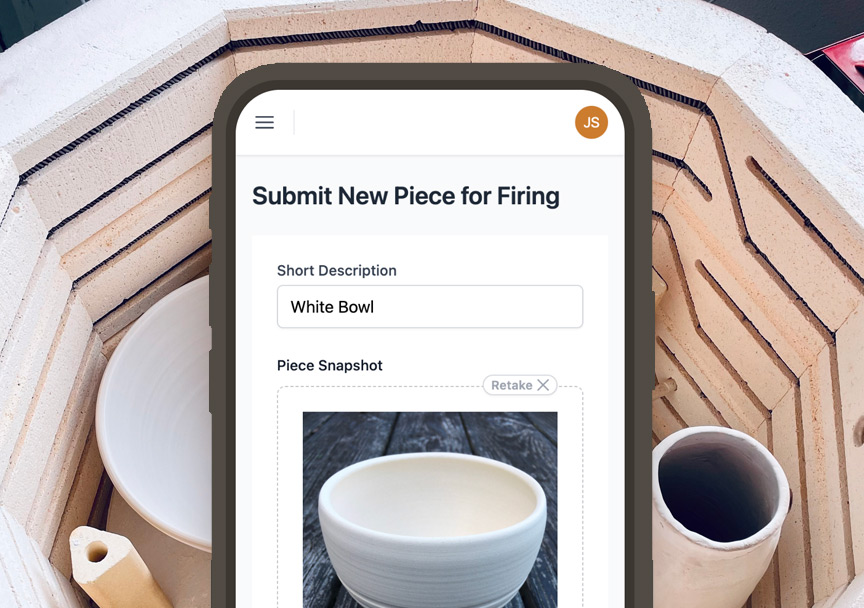As a beginner working with clay, having an array of options can initially seem daunting. Selecting the right type of clay for your skills and project goals is critical to success. Follow this guide to demystify clay and start creating with confidence!
Best Clay Types for Beginners
To simplify the decision, here are some great starter clays:
Pottery Clay
For basic handbuilt pottery and wheel throwing, mid-range stoneware is very forgiving. Look for clay with moderate plasticity and low-firing temperature around cone 6.
Popular picks are Laguna’s B-Mix 5 and Soldner’s Little Loafers stoneware. These smooth clays throw well for mugs, bowls, and more.
Polymer Clay
Polymer clay is an oil-based modeling compound perfect for sculpture, jewelry, and decorative pieces. Brands like Sculpey and FIMO are easy to shape.
Polymer clay doesn’t require firing, just oven curing. So it’s very convenient for new crafters without kiln access.
Air-Dry Clay
For quick, kid-friendly projects, air-dry clays are fun to mold by hand and then solidify when left to dry in the open air. Crayola’s Model Magic is a classic air-dry clay. It’s effortless to form freehand sculptures that harden overnight.
Buying and Storing Clay
When purchasing clay, buy premixed and aged clays from art supply stores instead of mixing your own. This eliminates potential issues with improper formulation.
Store clay in sealed airtight bags and buckets. Keep it away from extreme temperatures and moisture. Knead well before using if clay seems stiff.
Mix clay bodies thoroughly before using and whenever recycling clay. Screen out debris through a fine mesh sieve.
Clay Shaping Basics
Throwing on the Wheel
Start with small lump of clay wrapped in plastic to keep it moist. Frequently wet hands and tools while throwing to prevent sticking. Move slowly and steadily as you shape the spinning clay.
Handbuilding
Roll slabs using guides to ensure even thickness. Score and slip seams before joining. Let pieces firm up partially before attaching additional layers. Hollow forms to prevent cracking.
Sculpting
Oil-based clays like polymer stay workable so you can continuously refine the sculpture. Water-based clays require waiting between sessions to dry and firm up.
Smooth vs Textured Finish
Decide whether you want a smooth polished finish or a more textured surface. You can impress textures into the clay or add patterns by carving, scraping, or stamping.
Smooth clay by compressing it and eliminating air pockets using ribs and other tools. Use slip trailing for sharp precise textures.
Letting Clay Dry
Cover clay with plastic to retain moisture and prevent cracking as it dries. Remove clay from the mold or wheel head when firm enough to touch but still pliable.
Set pieces to dry on flat, level surfaces. Slow, even drying prevents warping and breakage in unfired greenware. Turn periodically while drying.
Conditioning Dried Clay
If dried clay feels too brittle or warped, recondition it before firing by:
- Spraying or sponging water onto the surface
- Sealing in a plastic bag to reabsorb moisture
- Kneading thoroughly to restore plasticity
This returns clay to a workable state for adjustments and repairs.
First Firing: Bisque Kiln
For pottery, first fire pieces to around cone 06 in a bisque kiln. This converts clay into a permanent ceramic form.
Bisque firing prepares the clay for glazing by creating a porous surface for the glaze to adhere and flow into. Unglazed bisqueware has a matte “bisque” appearance.
Applying Glazes and Stains
Bisqueware is ready for decorating! Liquid glazes and stains create colorful finishes. Apply with brushes, sponges, or spraying.
Use multiple layers and techniques like wax resist to build up designs. Adhere decals before final firing.
Final Firing: Glaze Kiln
The glaze kiln firing bonds glaze to the clay surface and brings out vibrant colors and effects. Fire according to the glaze manufacturer’s recommended temperature.
After the final firing, clay becomes permanent ceramic cookware, tableware, art, or sculpture!
Be patient with yourself as you practice beginner clay techniques. Don’t be discouraged by minor cracking or breakage.
Developing a feel for the medium just takes time and experience. With the right clay and some persistence, you’ll be creating like a pro in no time!


